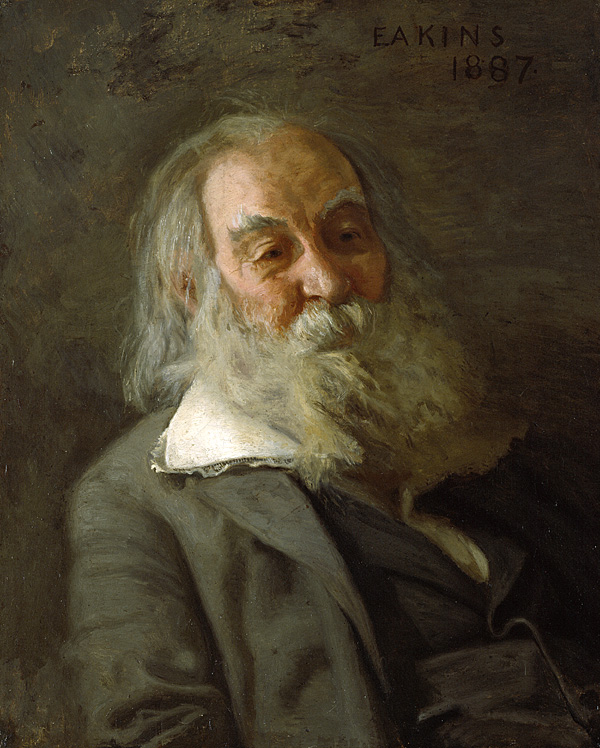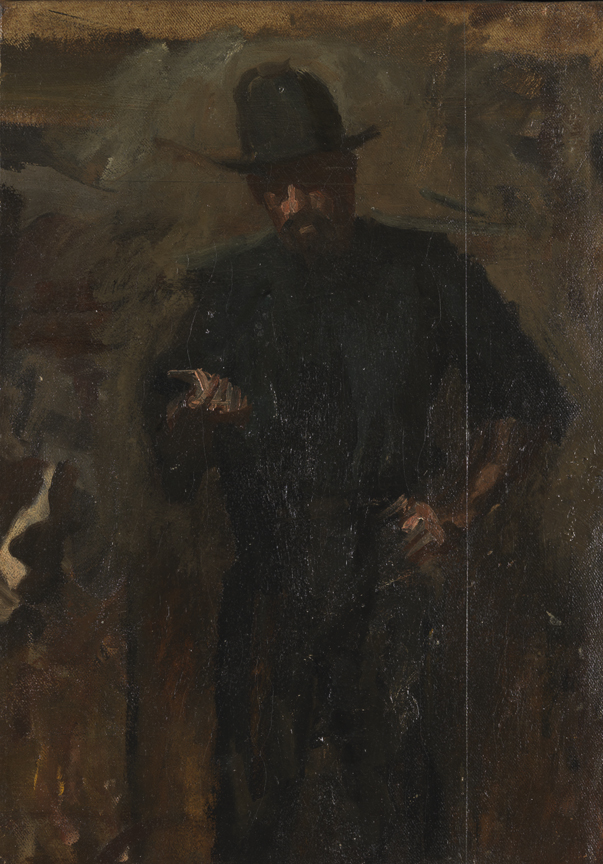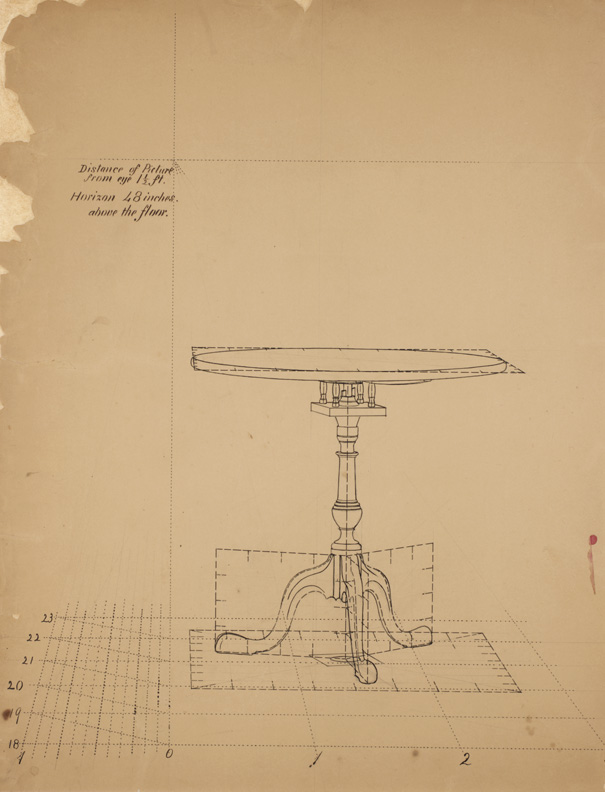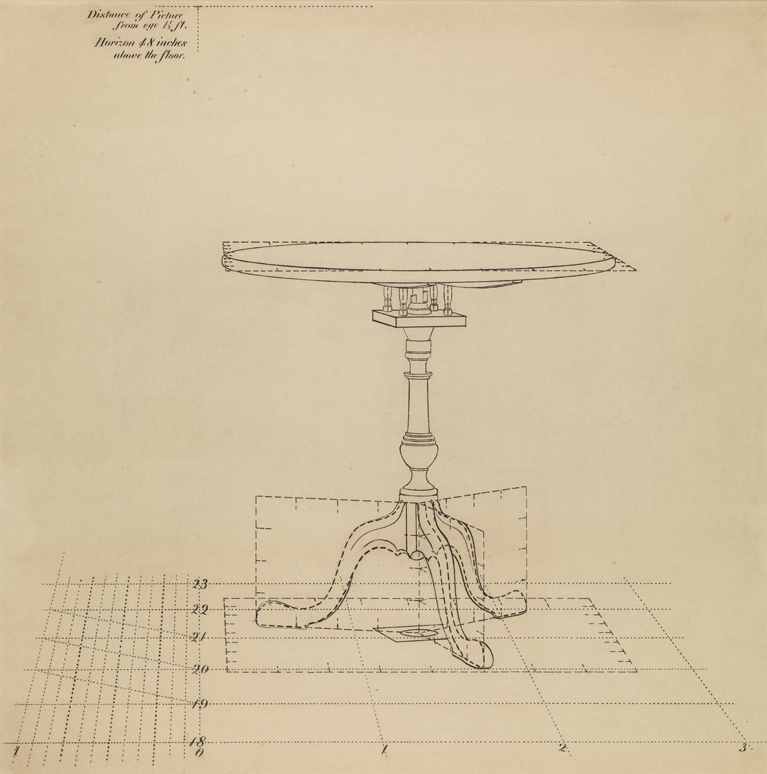
Walt Whitman
Thomas Eakins
Thomas Eakins, considered by many to be the greatest realist painter America produced, spent his career in Philadelphia, rarely leaving the city. His training in France in the 1860s grounded his work in the academic method of the French Ecole, a tradition he never abandoned during his more than forty-year career as a painter of Philadelphia scenes and portraits. Eakins's contemporary reputation as a radical lies more in his pedagogy, his use of photography, and his interest in the nude than in his approach to portraiture. While the Whitman portrait appears radically fresh in its simplicity, and the effect of the sitter captured in a casual moment, it relates easily to the rest of Eakins's oeuvre in its essentially straightforward quality and the sense of his having observed and captured the unvarnished, unadorned likeness of the sitter. Eakins succeeded best when he knew or respected his sitters and in this case, the canvas celebrates the well-documented mutual admiration of the artist and subject. Considering their shared devotion to individualism, as well as to the body and the outdoor life, their friendship is not surprising. In fact, the work, painted at the poet's home in Camden, New Jersey, a popular destination for Philadelphia's cultural community, became Whitman's favorite among all the images produced of him.
Artist
Date of Birth
(1844-1916)
Date
1887-1888
Medium
Oil on canvas
Dimensions
30 1/8 x 24 1/4 in. (76.5175 x 61.595 cm.)
Accession #
1917.1
Credit Line
General Fund
Copyright
No known copyright restrictions
Category
Subject
Collection
More by Thomas Eakins
We're so excited you're planning to visit PAFA!
Make time for art — visit us Thursday to Sunday.
Before reserving your tickets, please review helpful information about museum hours, accessibility, building access, and special admission programs.
If you have any questions, feel free to reach out to us at visitorservices@pafa.org — we’d love to help!



